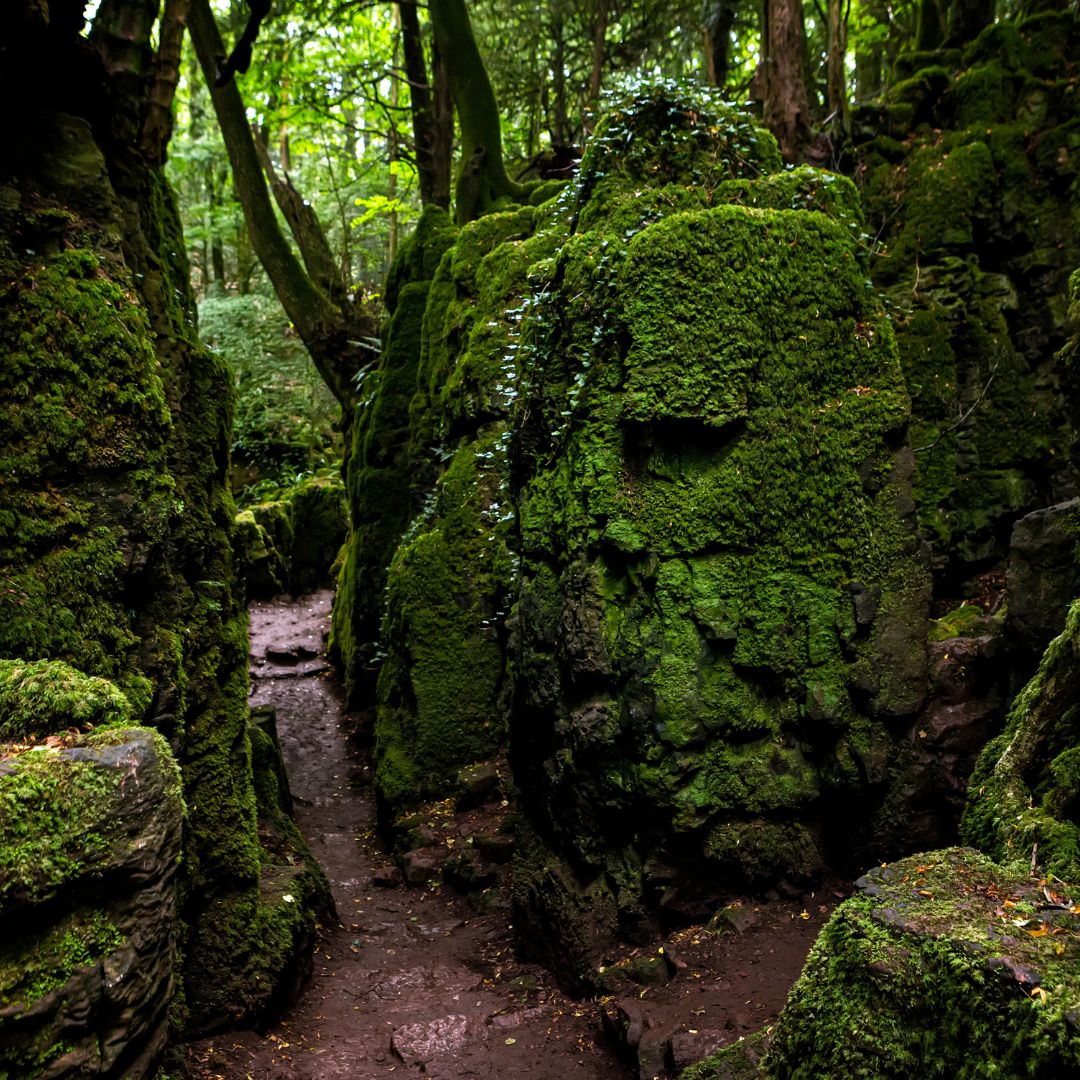Whether it’s beautiful landscapes, ancient relics, or areas steeped in magical myths and legends – there are lots of magical places in the UK to visit. Whether you’re seeking a spiritual experience or want an interesting day out, there’s a trip that’s perfect for you and your family. Here are just a few ideas to get you started.
Bodmin Moor, Cornwall
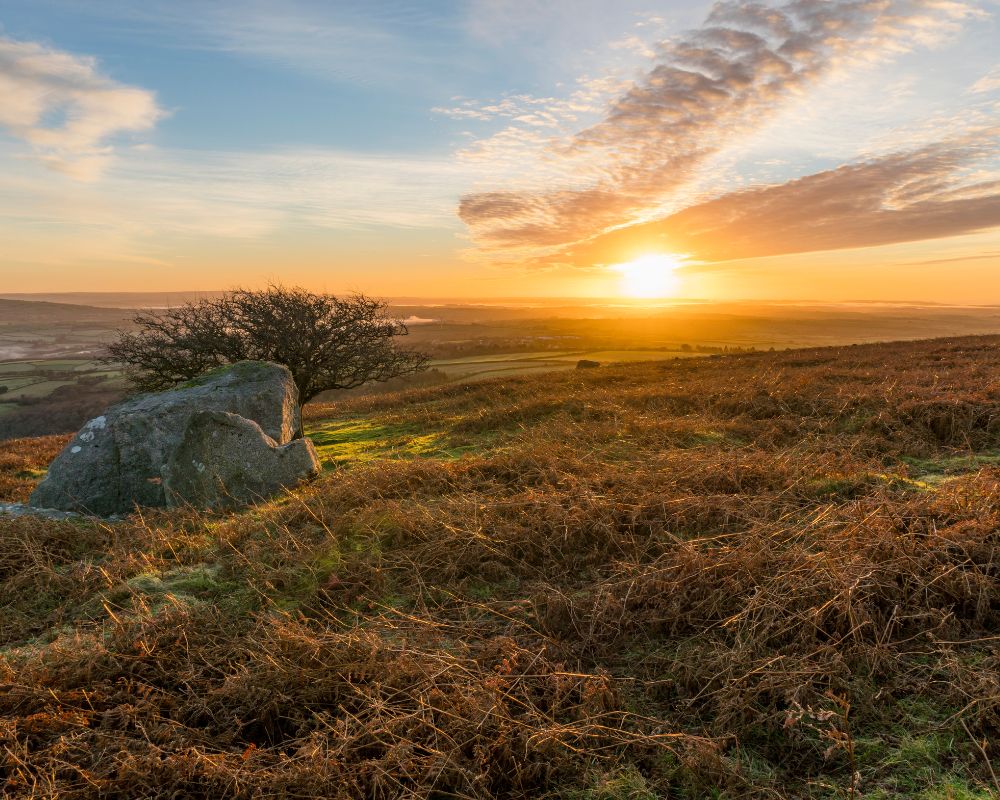
Bodmin Moor is made up of large tracts of unenclosed moors and granite tors. The highest tors on the moor are Brown Willy and Rough Tor. Bodmin Moor is well-known for its alleged panther-like black cat that became known as the Beast of Bodmin Moor. Inland ponies are found grazing in the wild of Bodmin Moor. Usually, there are some around Crowdy Reservoir, on the northern side of the moor, in the shadow of Brown Willy.
Cheddar Gorge, Somerset
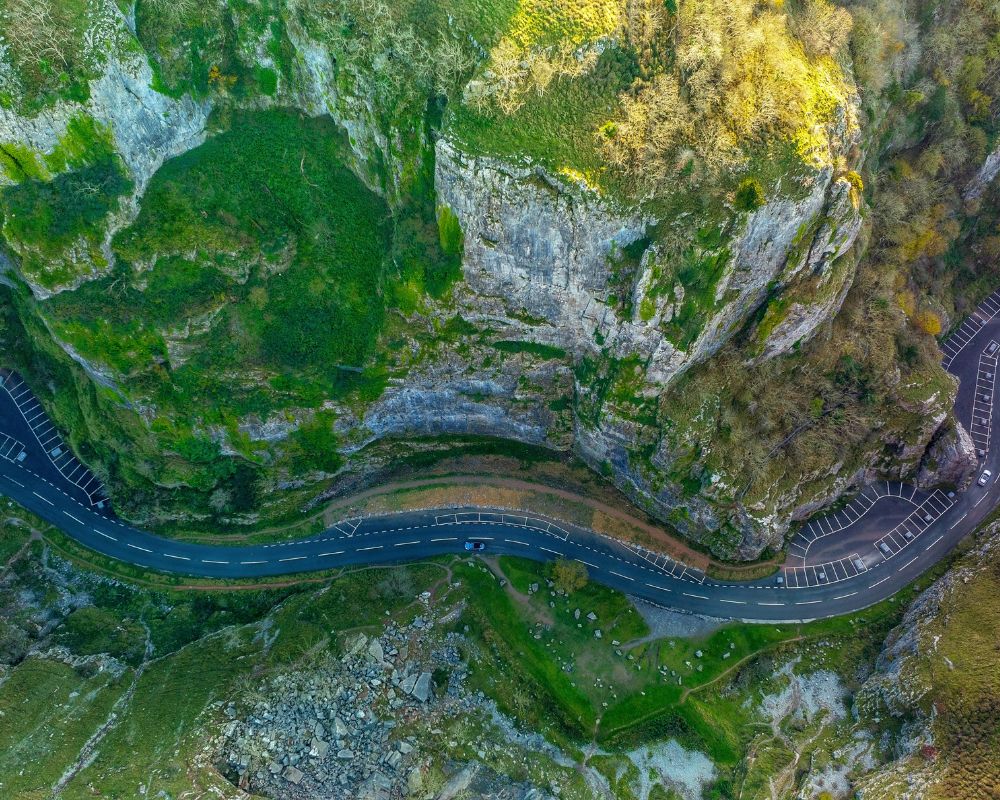
Cheddar Gorge is a limestone gorge in the Mendip Hills near the village of Cheddar, Somerset. The gorge is the site of the Cheddar Show caves, where Britain’s oldest complete human skeleton, Cheddar Man, estimated to be 9,000 years old, was found in 1903. Cheddar Gorge is the finest example of a limestone gorge in Britain, and its cliffs support many valuable semi-natural habitats, home to a wide range of plant species. At the lower end of the gorge are two show caves which together attract half a million visitors a year.
Mermaid’s Pool, Derbyshire
Mermaid’s Pool is a small pool on Kinder Scout in Derbyshire, which, according to legend, is inhabited by a beautiful mermaid who can be seen if you look into the water at sunrise on Easter Sunday. It is also said that its water is salty due to its being connected by an underground passage to the Atlantic. The waters of the Mermaid’s Pool are believed to offer healing qualities to those brave enough to bathe in them.
Chalice Well, Somerset

The Chalice Well, also known as the Red Spring, is well situated near the summit of Chalice Hill, a small hill next to Glastonbury Tor in Somerset. Christian mythology suggests that the Chalice Well marks the site where Joseph placed the chalice that
caught the drops of Christ’s blood at his Crucifixion, linking the Chalice Well to the wealth of speculation surrounding the existence of the Holy Grail.
Glencoe, Scotland
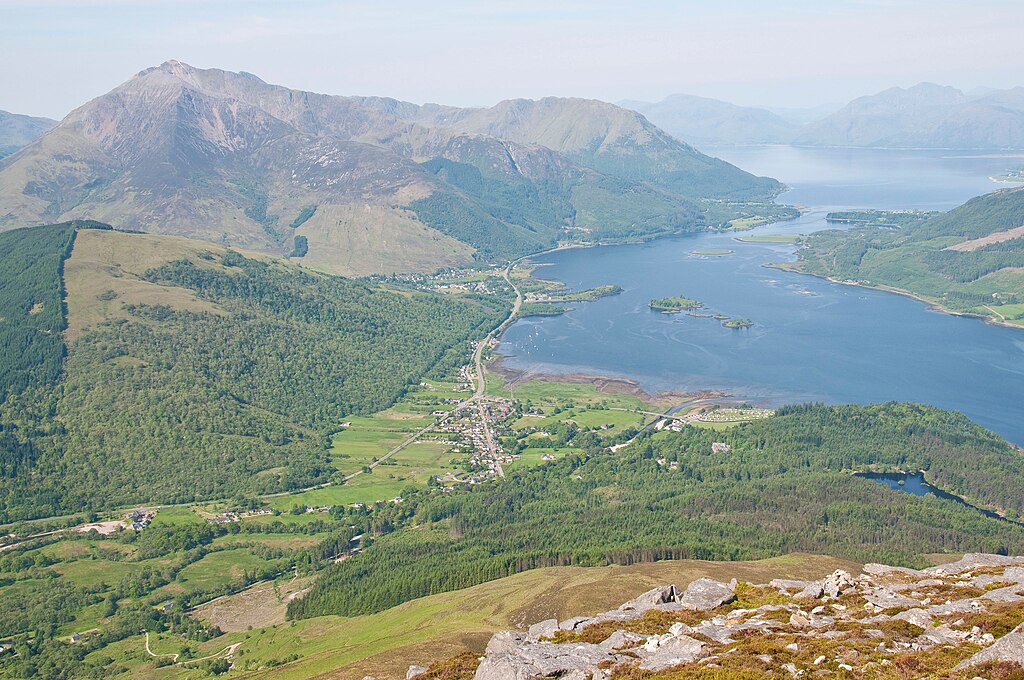
Glencoe is a village in western Scotland. It lies in the steep-sided Glencoe Valley in the Scottish Highlands. The area is known for waterfalls and trails that climb peaks such as Buachaille Etive Mor and Bidean nam Bian. Scottish folklore is full of stories about supernatural beings. Glencoe has its fair share: ghosts and bogles, water bulls and horses, fairies and selkies – Ballachulish even has a dragon.
Cader Idris, Snowdonia
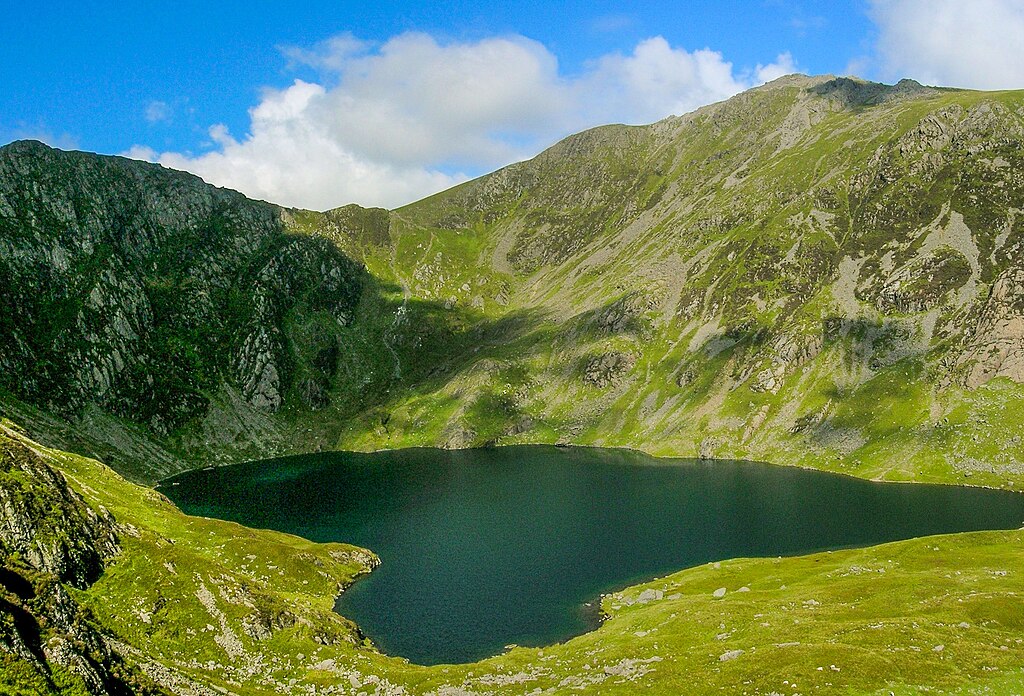
Cader Idris is a mountain in the Meirionnydd area of Gwynedd, Wales. It lies at the southern end of the Snowdonia National Park near the town of Dolgellau. Legend has it that those who sleep on the mountain will awake as either a madman or a poet or else never wake again.
Wookey Hole, Somerset
Wookey Hole Caves are a series of limestone caverns, a show cave and a tourist attraction in the village of Wookey Hole on the southern edge of the Mendip Hills. Wookey Hole is famous for lots of things, but the Legend of the Witch is one of the most popular stories. It all started about 1000 years ago when the local villagers thought a woman living in the caves was a witch.
Tintagel Castle, Cornwall
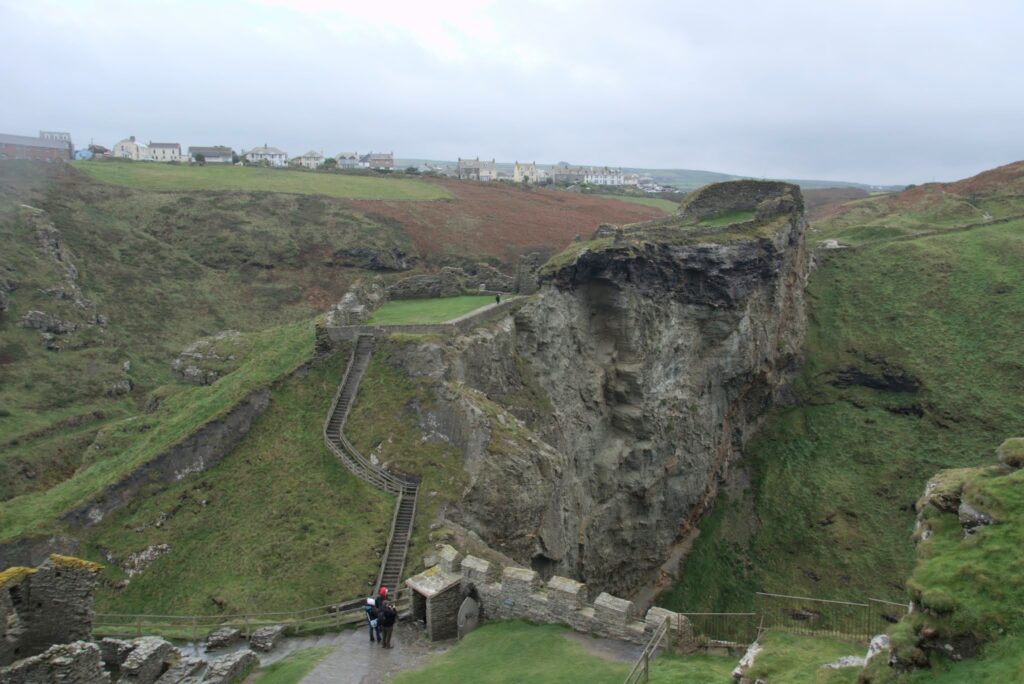
Tintagel Castle came to prominence as a fortress for medieval Cornish chieftains, its attachment to Arthurian legend forged by the historian Geoffrey of Monmouth, who was the first to suggest that this stronghold was the birthplace of King Arthur. The Legend tells how the wizard Merlin aided Uther Pendragon in changing Uther’s appearance so that he could spend a night with Ygerna at Tintagel Castle on the North Coast of Cornwall.
Giant’s Causeway, Northern Ireland
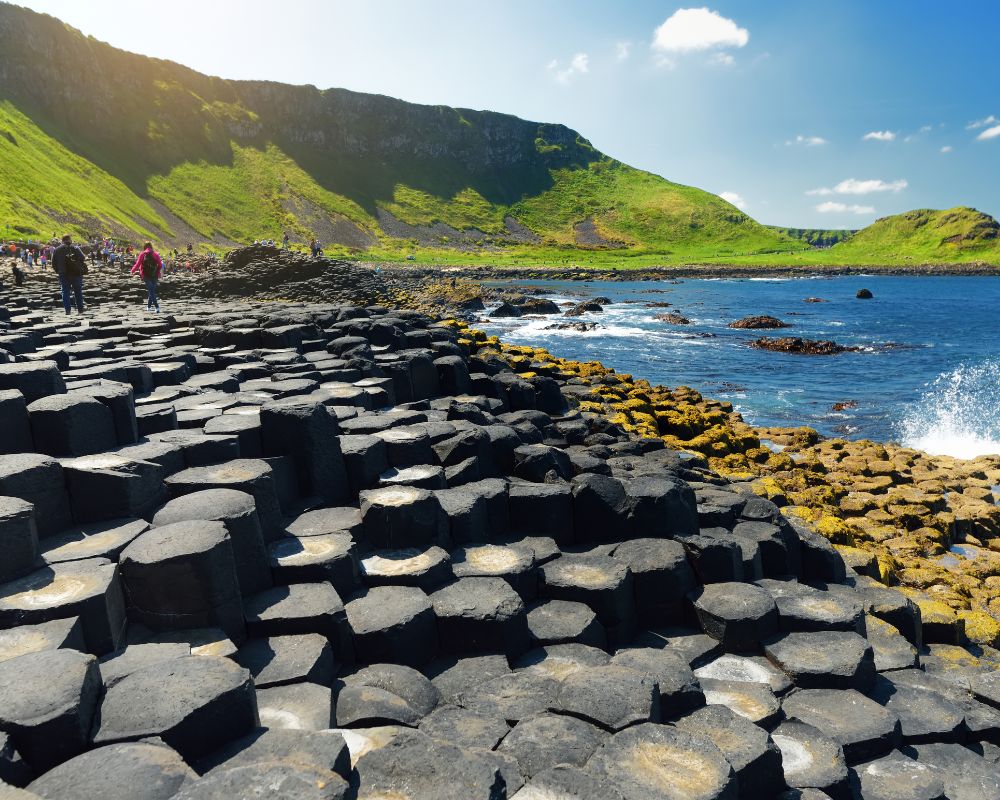
There are 40,000 basalt columns making up the Giant’s Causeway, most of which are hexagonal. The site’s most characteristic and unique feature is these polygonal columns of basalt which form a pavement. This dramatic sight has inspired legends of giants striding over the sea to Scotland.
Wistman’s Wood, Devon
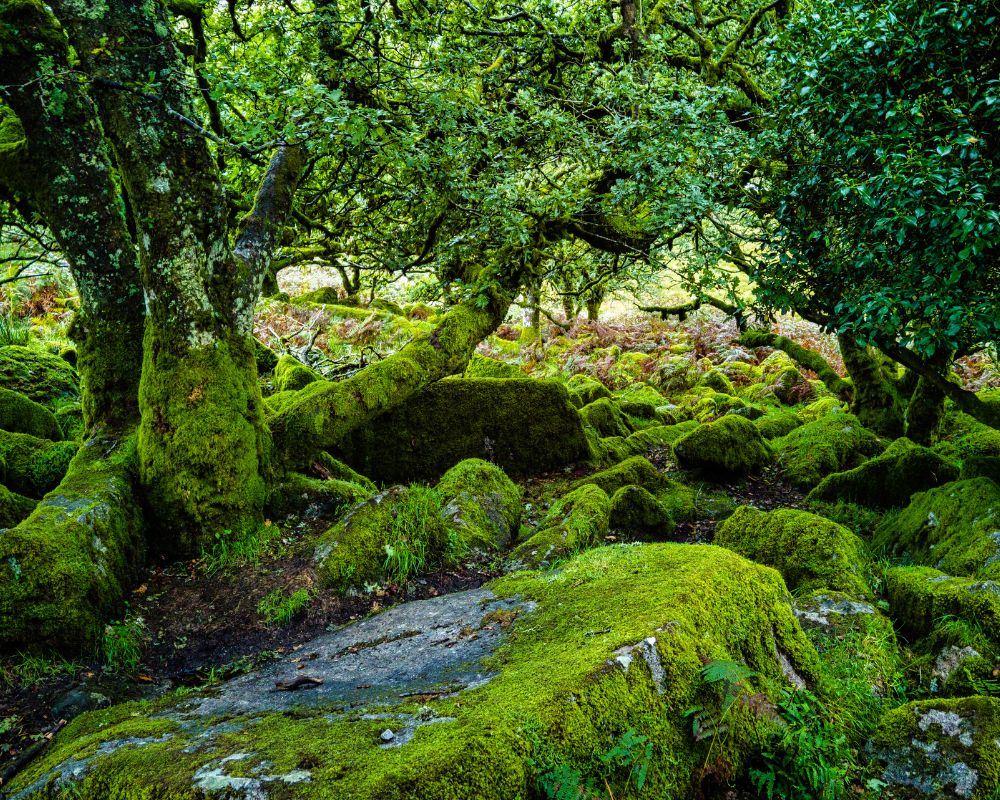
The wood is one of Britain’s highest oakwoods and an outstanding example of native upland oak. Stunted and twisted epiphyte-covered oak trees characterise the woodland. It is a relic of the once widespread coppice woodland used to make charcoal for smelting tin. The landscape contains extensive remains of Bronze Age settlements and medieval mining.
Puzzlewood, Gloucestershire
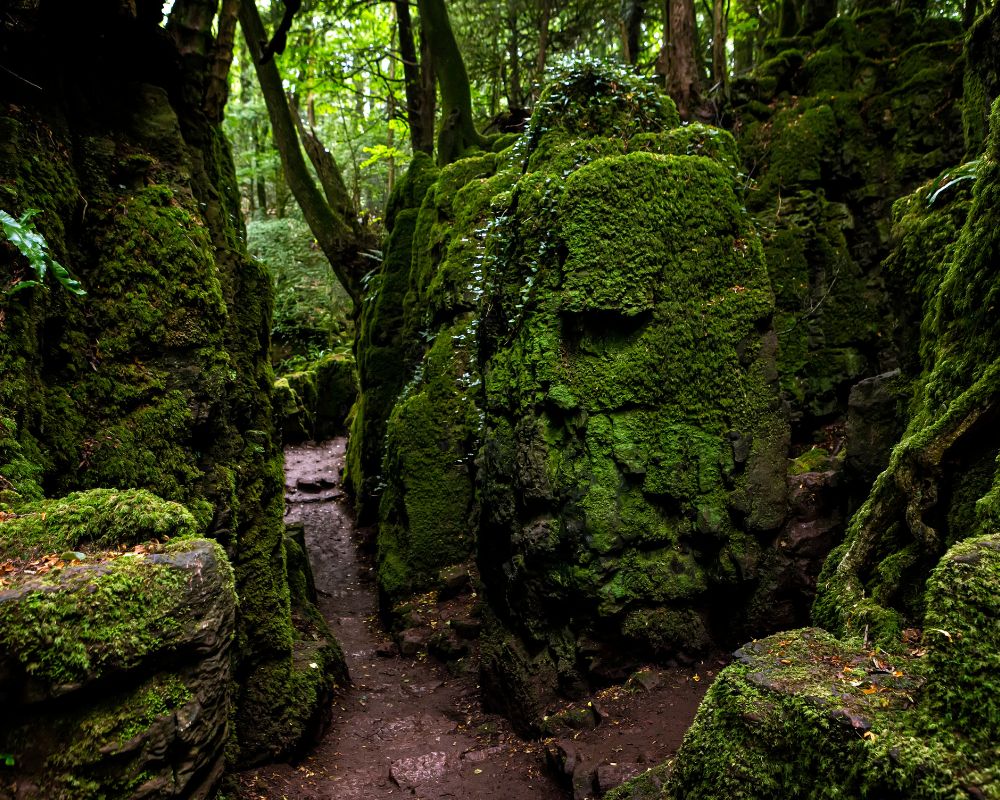
Puzzlewood is an ancient woodland site and tourist attraction near Coleford in the Forest of Dean, Gloucestershire. The site, covering 14 acres, shows evidence of open-cast iron ore mining dating from the Roman period. Puzzlewood is a magical day out filled with fantastic trees and rock formations.
Chanctonbury Ring, West Sussex
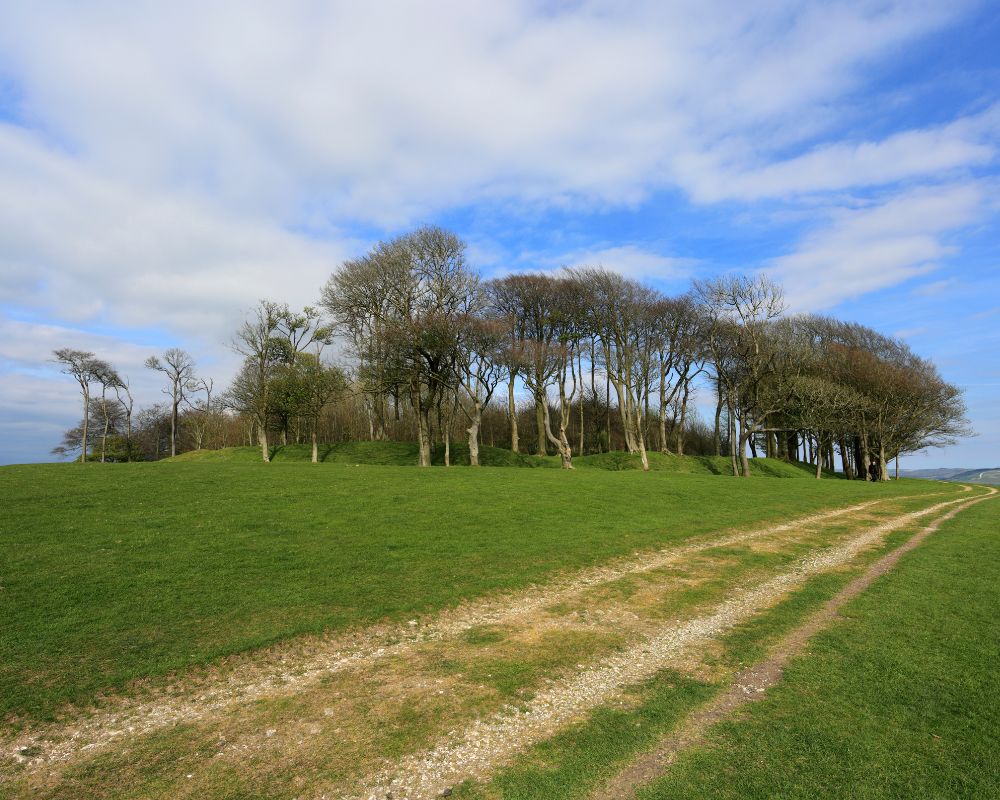
Chanctonbury Ring is a prehistoric hill fort atop Chanctonbury Hill on the South Downs. Local legend has it that the Devil created the Chanctonbury Ring and that he can be summoned by running around the clump of trees seven times anti-clockwise. When he appears, he will offer the summoner soup in exchange for their soul.
Stonehenge, Wiltshire

Stonehenge is a prehistoric monument on Salisbury Plain in Wiltshire, two miles west of Amesbury. It consists of an outer ring of vertical sarsen standing stones, each around 13 feet high, seven feet wide, and weighing around 25 tons, topped by connecting horizontal lintel stones. Stonehenge is the most architecturally sophisticated and only surviving lintelled stone circle in the world. The earliest stage of the monument is one of the largest cremation cemeteries known in Neolithic Britain.
Loch Ness, Scotland
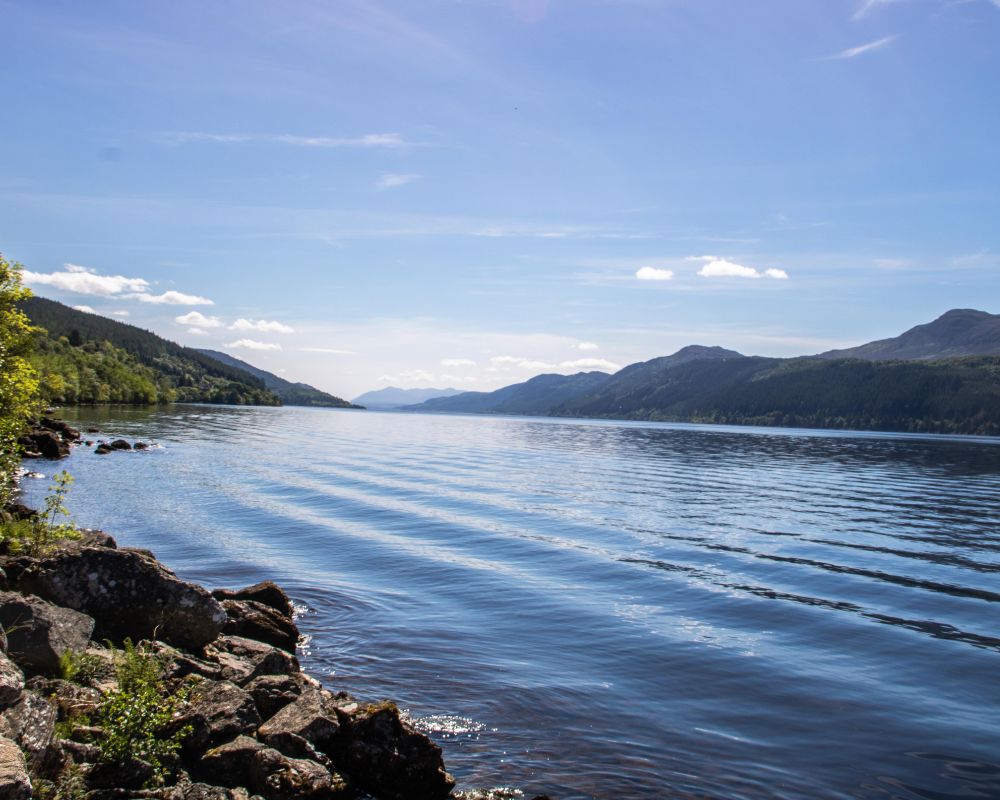
Loch Ness is a large freshwater loch in the Scottish Highlands extending for approximately 37 kilometres southwest of Inverness. Loch Ness is best known for claimed sightings of the cryptozoological Loch Ness Monster, also known as “Nessie.” It combines Jacobite history, stunning scenery and the possibility of a monster sighting, ensuring it’s a perfect destination all year round for all ages.
Sherwood Forest, Nottingham
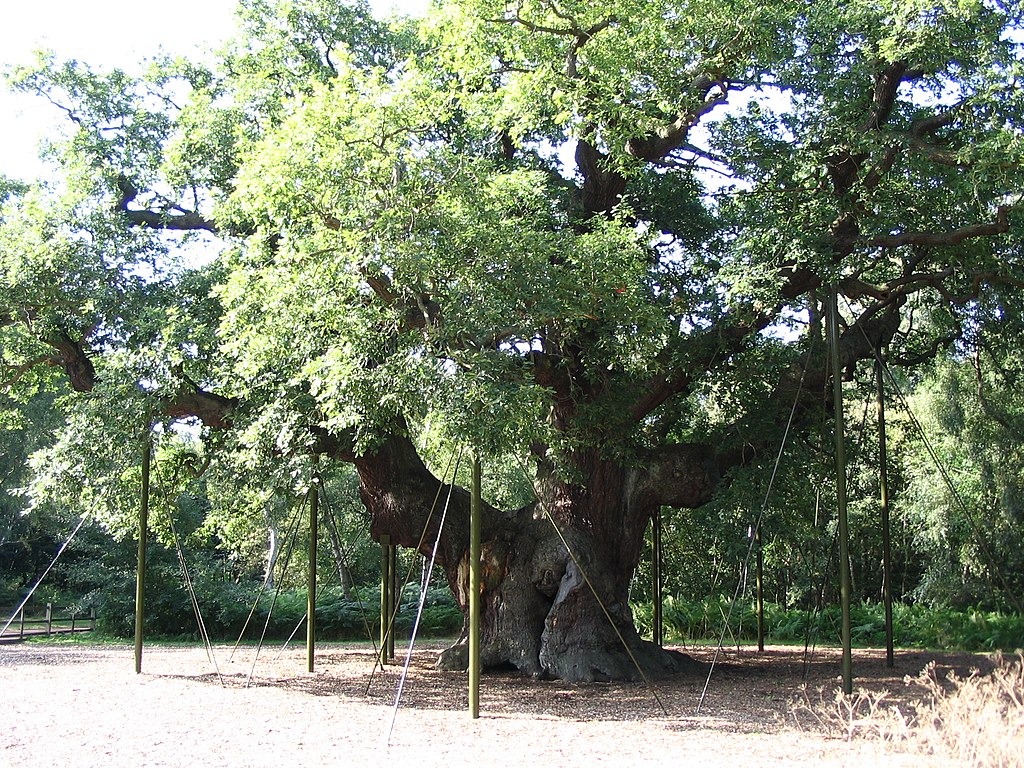
Sherwood Forest is a royal forest in Nottinghamshire. It is famous for its historical association with the legend of Robin Hood. Wooded for centuries and once part of a royal hunting ground, Sherwood Forest is a unique place to visit, boasting hundreds of ancient oaks thriving here for more than 500 years, including the legendary Major Oak, estimated to be around 1,000 years old.

